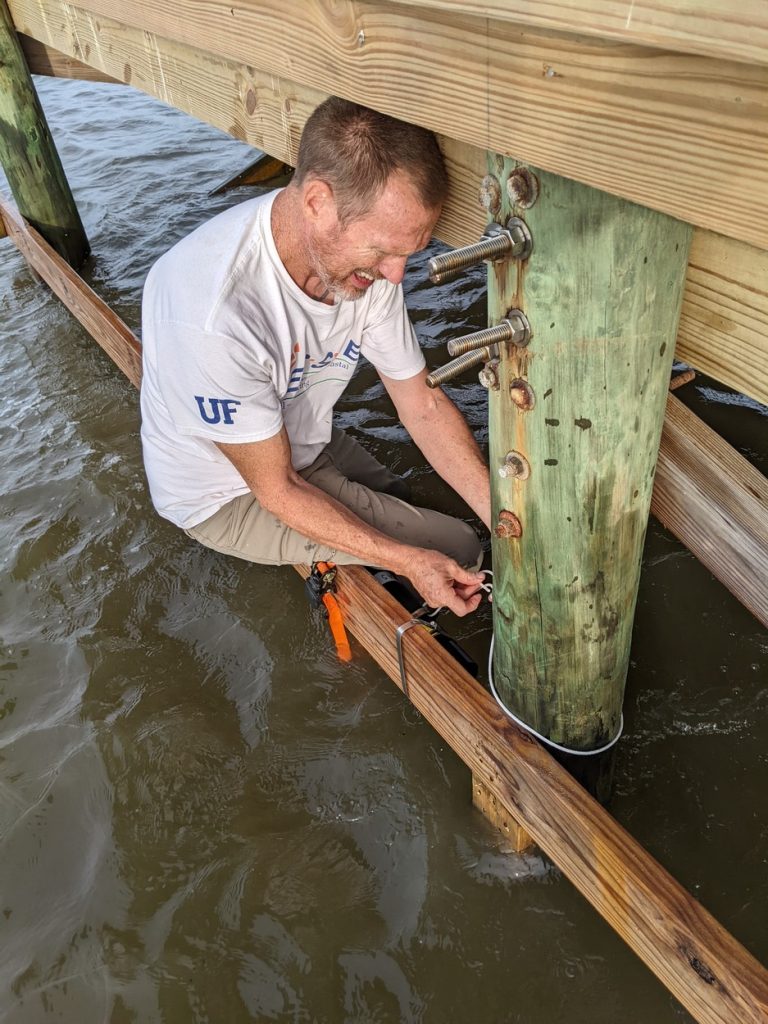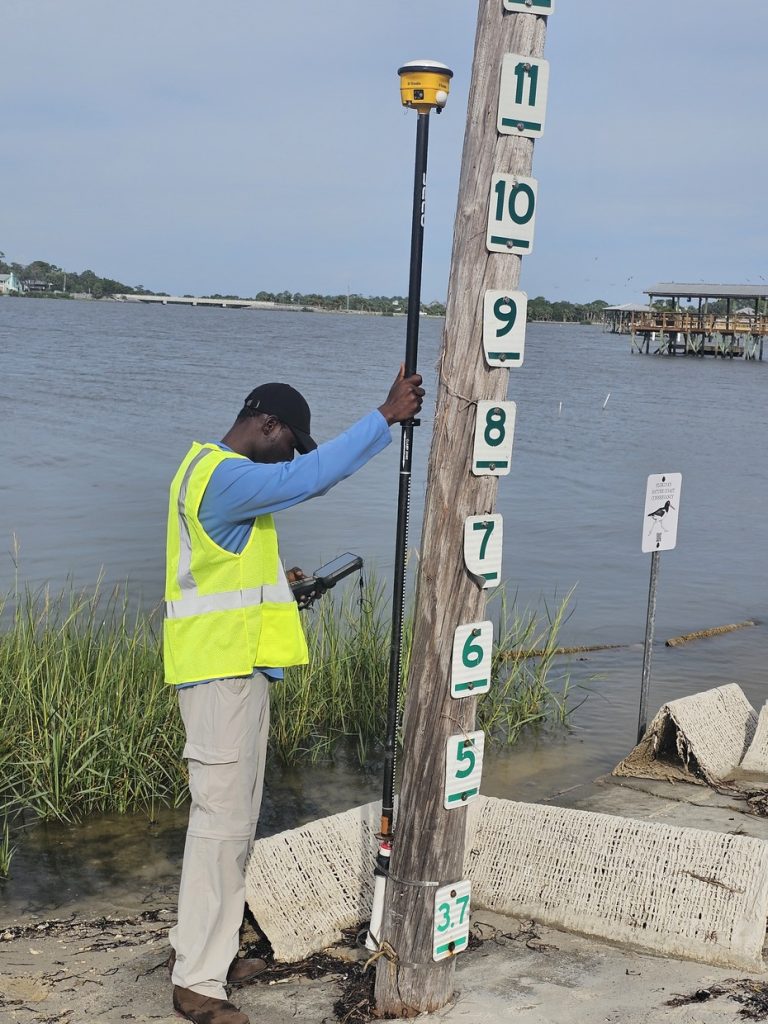A joint team from the Nearshore Extreme Events Reconnaissance (NEER) Association and the Geotechnical Extreme Events Reconnaissance (GEER) Association, funded by the National Science Foundation, is mobilizing to investigate the impacts of Hurricanes Helene and Milton on Florida’s coast. This collaborative effort seeks to deliver critical insights into storm surge and wave action, examining how these forces cause erosion, and transport and deposit materials in different areas.

“Recent storms, including Hurricane Idalia and Hurricane Debbie, have impacted the Big Bend coast of Florida in quick succession,” said Nina Stark, Ph.D., associate professor in the Department of Civil and Coastal Engineering, University of Florida who co-leads the team. “Hurricane Helene’s rapid intensification and last-minute course changes created significant challenges for residents and emergency responders, emphasizing the importance of this research.”
The research team is conducting comprehensive pre-storm, during-storm, and post-storm field data collection along the central to northern Florida west coast, with a particular focus on Cedar Key and Horseshoe Beach. Their findings are expected to enhance understanding of erosion, scour, and the overall impacts of severe tropical storm events. A distinctive aspect of this research is the simultaneous collection of data during a Category 4 hurricane and a significant 4-meter storm surge, a rarity in such studies.
The diverse team consists of experts in natural hazards research, coastal and geotechnical engineering, led by Stark along with Michael Gardner from UC Davis, Ph.D. They are joined by a range of specialists from academia, federal agencies and industry. The project also involves technical support from the University of Washington’s Natural Hazards Engineering Research Infrastructure (NHERI) and the UF Center for Coastal Solutions.
The NEER team has already collected valuable data on storm surge and wave heights during Hurricane Helene, as well as detailed topographic and aerial imagery of affected areas. This extensive dataset, which includes bathymetric data from the previous three months, will provide a comprehensive basis for studying the impacts of tropical cyclones on coastal communities.

“Hurricane Milton is expected to deliver severe impacts as it makes landfall in Florida, including life-threatening storm surge, very heavy rainfall and strong winds,” said Stark. “Data collection during Hurricane Milton and the analysis that follows will enhance this important research.”
Data from this initiative will be shared broadly through NSF’s NHERI DesignSafe-CI platform, with additional outreach to local communities to improve risk assessment and understanding of storm impacts. The results of this investigation promise to significantly enhance predictive models and mitigation strategies for future storm events, ultimately benefiting coastal communities across the region.
Observations and findings will be posted on the GEER, NEER and NSF NHERI DesignSafe websites.
PROJECT TEAM
Nina Stark, Ph.D., associate professor, University of Florida (UF); Michael Gardner, Ph.D., assistant professor, Civil and Environmental Engineering, UC Davis; Maitane Olabarrieta, Ph.D., associate professor, and Armando Laurel-Castillo, Ph.D., postdoctoral researcher from the UF Department of Civil and Coastal Engineering; Jonathan Hubler, Ph.D., assistant professor, Civil and Environmental Engineering, Villanova University; Weiwei Zhan, Ph.D., assistant professor, Department of Civil, Environmental and Construction Engineering, University of Central Florida; Celso Castro-Bolinaga, Ph.D., associate professor, Biological and Agricultural Engineering Department, NC State University; Michael Haefeli, U.S. Army Corps of Engineers; Alexandra Schueller, Ph.D., postdoctoral researcher, Department: Department of Civil and Environmental Engineering, University of Delaware; Brandon Quinn, PE, ECS Florida; and Youssef Hashash, Ph.D., professor, Civil and Environmental Engineering, University of Illinois Urbana-Champaign. The technical team is led by Michael Grilliot, Ph.D., University from the University of Washington Natural Hazards Engineering Research Infrastructure (NHERI) RAPID and Todd Van Natta, director of field operations, UF Center for Coastal Solutions. They are joined by students from UF, Villanova University, NC State University, and Louisiana State University. The effort is also supported virtually by Britt Raubenheimer, Ph.D., Woods Hole Oceanographic Institution, NEER director; David Frost, Ph.D., Georgia Tech, GEER director; and Navid Jafari, Ph.D., Louisiana State University.
Related:
Prof. Gardner leads post-disaster reconnaissance investigation
—
By Sharon Ryan
